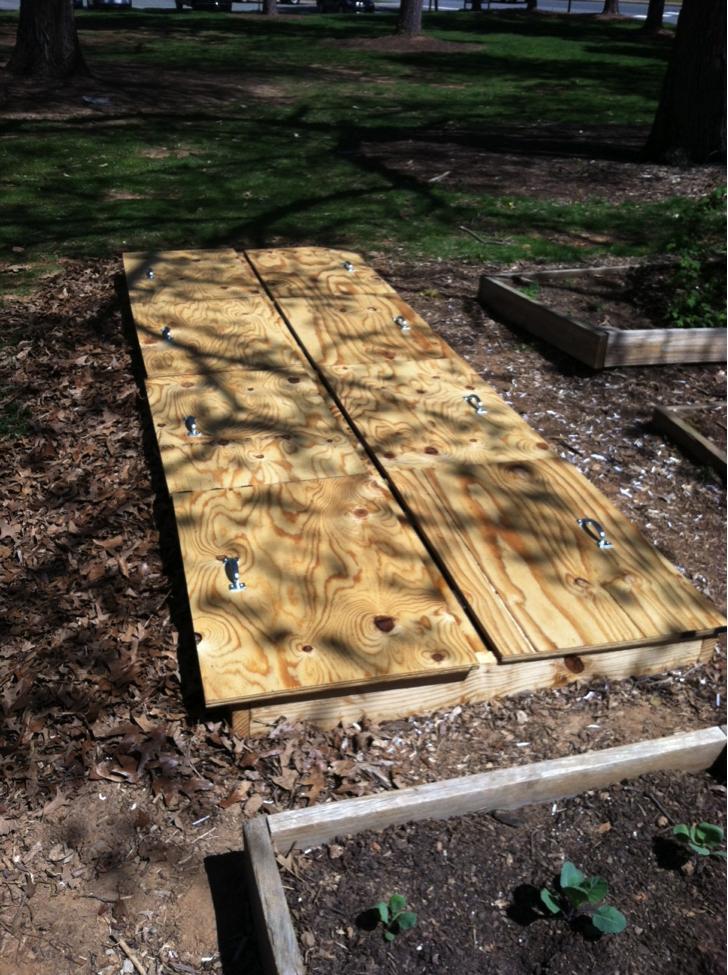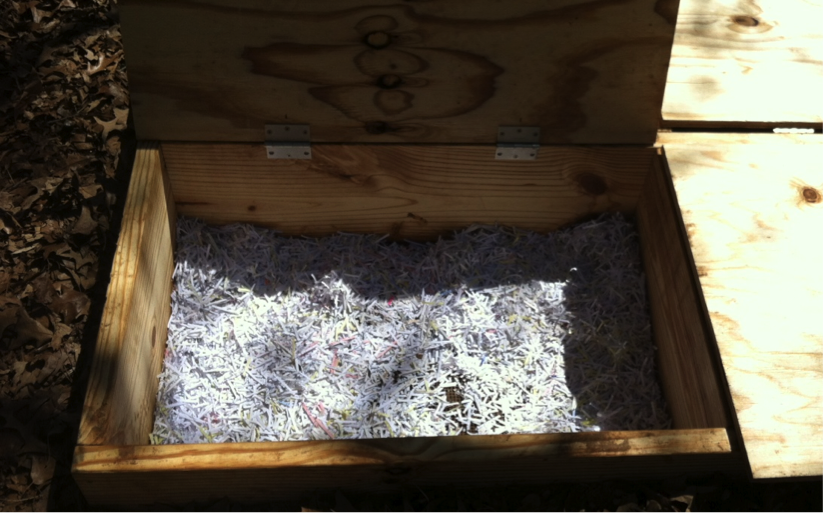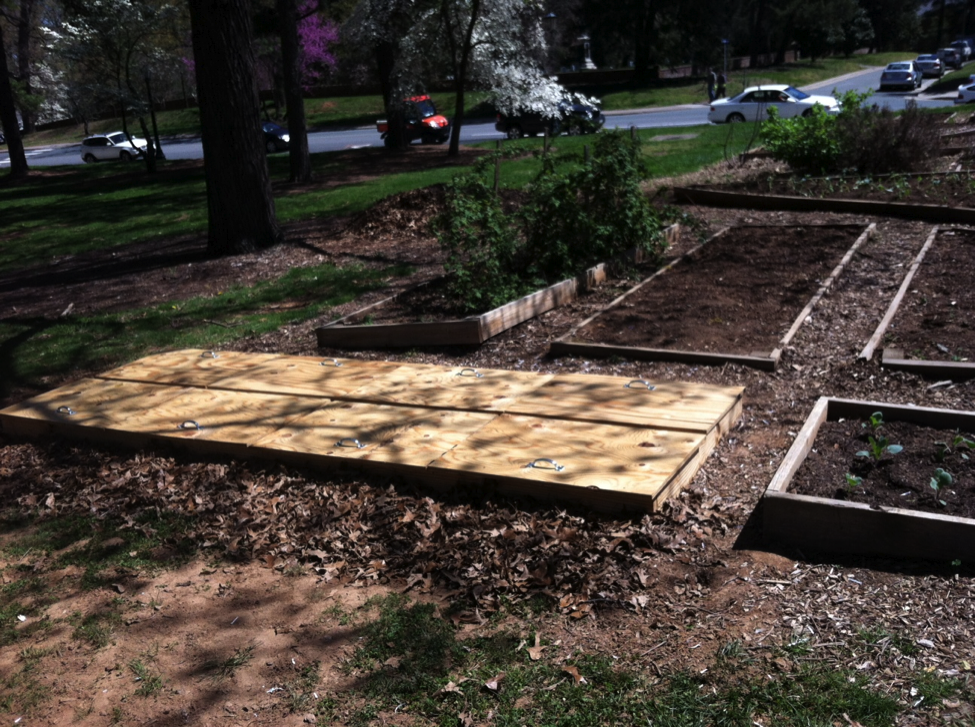Superstar sustainable beyond-organic farmer Joel Salatin of Polyface Farms sums up the diversity of life under our feet when he proclaims in his book, Folks, This Ain’t Normal, that more individual life exists in one double handful of healthy soil than there are people on the face of this earth! He imagines the microscopic universe inhabiting the very soil that nourishes our plants and forms our landscape:
“A six-legged grazing microbe, lollygagging along on hairlike cilia, comes into view. Without warning, a nautilus-looking four-legged predator rockets in form two o’clock, impales the grazer with the saber-like spear affixed to its head, and sucks out the juices from the soft belly of the grazer. Before the hapless grazer microbe can fall to the hairy pasture, however, another predator enters the viewscape from ten o’clock and lops off the grazer’s head, devouring it contentedly as the now-decapitated and fluid-deflated carcass hits the ground. Within moments, other smaller scavengers enter the viewscape and polish off the carcass crumbs.”
As Salatin imagines, beyond the earthworms macroscopic enough for us to see with our naked eye, an entire world of microbes makes its home in the damp, dark earth. Bacterial decomposers called actinomycetes lend the soil its trademark earthy odor. Microbes called azotobacter fix nitrogen from the air into the soil to provide nutrition for plants. Mycorrhiza refers to the relationship between fungus and plant roots in the soil that results in stronger plant immune systems.
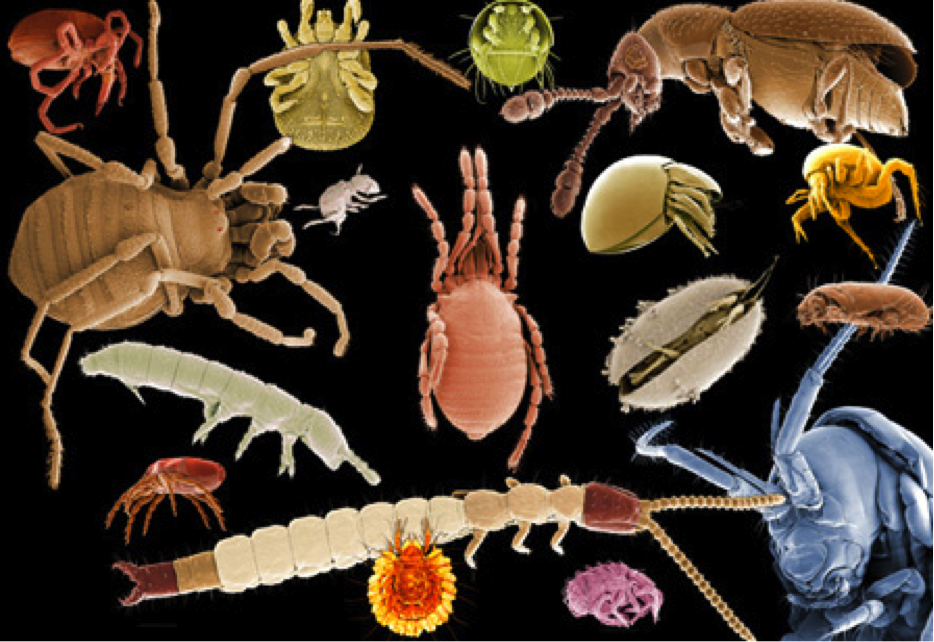
Soil, the earthy medium in which all plants grow, must be full of nutrients to support healthy plants. In agricultural systems, soil health proves even more important not only because the plants grown in the soil directly nourish our bodies, but because careless agriculture can actively destroy the soil. However, with sound agricultural practices, sustainable gardening and farming can actually improve the health of the soil beneath us. One method to enhance the nutrient-fixing capacity of the microbes already present in the soil is composting. Composting is the process of breaking down organic material like food and plant waste into a nutrient-rich soil supplement that greatly increases the viability and nutritional content of the crops it nourishes. Rerouting food waste into composting systems saves key nutrients from ending up in the landfill, where they decompose into a greenhouse gas called methane that is about 25 times more toxic than carbon dioxide. Instead, those nutrients create compost that works as an effective fertilizer by lightening the soil, which allows for better air and water filtration. It improves the soil structure, which combats erosion, and allows for the formation of stronger root systems by imparting nutrients and minerals.
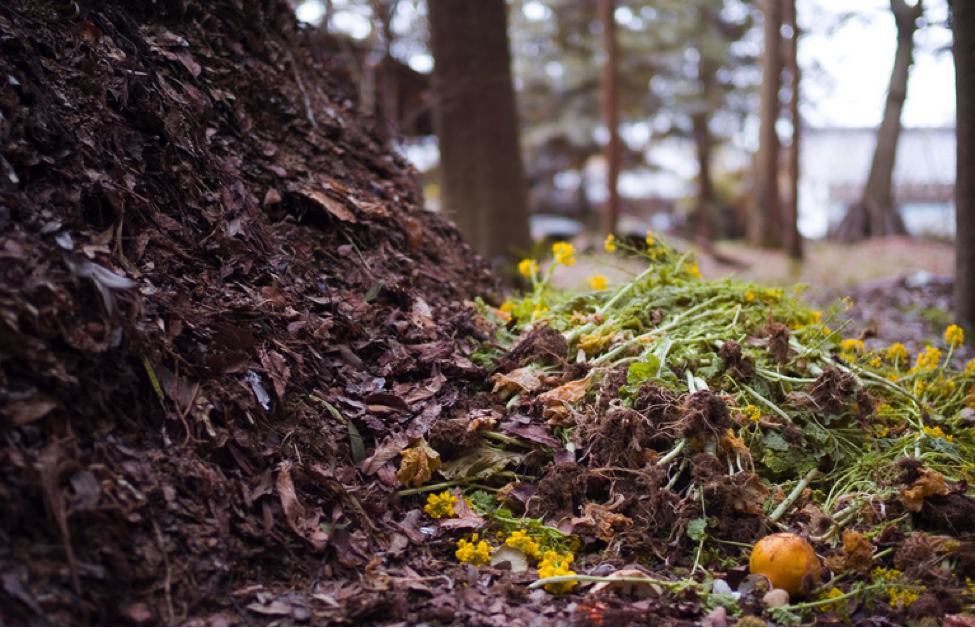
Composting can take many forms, but vermicomposting takes advantage of organisms that thrive in soils: worms! Patricia Boudier of Peaceful Valley Farm and Garden Supply touts the benefits of incorporating worms into composting systems. Worm manure contains five to 11 times more nitrogen, potassium, and phosphorus than regular soil, negating the need to dump environmentally harmful chemical fertilizers into the earth. Vermicompost has more micronutrients than regular aerobic compost that doesn’t use worms, potentially enhancing the nutritional content of the plants we eat.
What types of worms work best for vermicomposting? Several types of earthworms prove suitable, and they go by common names like red worms, red wigglers, tiger worms, branding worms, and manure worms. Several species such as Eisenia foetida, Lumbricus rubellis, and Lumbricus terrestrius work particularly well.
This spring, the University of Virginia Community Garden saw the establishment of its own new vermicomposting system! Previously, the garden used an aerobic composting system that lacked efficiency, so the incorporation of worms will enable quicker compost creation to enhance the microbiotic activity in the soil. Engineering Students Without Borders has designed and constructed a wooden structure the size of a regular garden bed with eight compartments to allow for various stages of food waste decomposition. After the finishing touches have been added, the new vermicomposting system will use Lumbricus rubellis, a worm particularly effective at both composting organic matter and working the soil, or Eisenia foetida. Clearly, the life beneath our feet, from the micro to the macro scale, proves incredibly beneficial and necessary to the nutrition of our plants. Protecting the health and biodiversity of soil life, those miniscule organisms we often don’t appreciate due to their invisibility, should be a top priority as we plan our cities for a more sustainable future!
Works Cited
“Decentralized Composting.” Waste Concern. United Nations Economic and Social Commission for Asia and the Pacific, n.d. Web. 24 Feb. 2014.
Patricia Boudier. “Vermicomposting.” Online video. YouTube. YouTube, 20 June 2012. Web. 21 Apr. 2014.
Salatin, Joel. Folks, This Ain’t Normal: A Farmer’s Advice for Happier Hens, Healthier People, and a Better World. New York: Center Street, 2011. Print.
“Vermicomposting: Composting with Worms.” CalRecycle. California Department of Resources Recycling and Recovery, 22 July 2011. Web. 21 Apr. 2014.
Post by Love Jonson, Second-Year, Urban and Environmental Planning Major and Global Sustainability Minor
